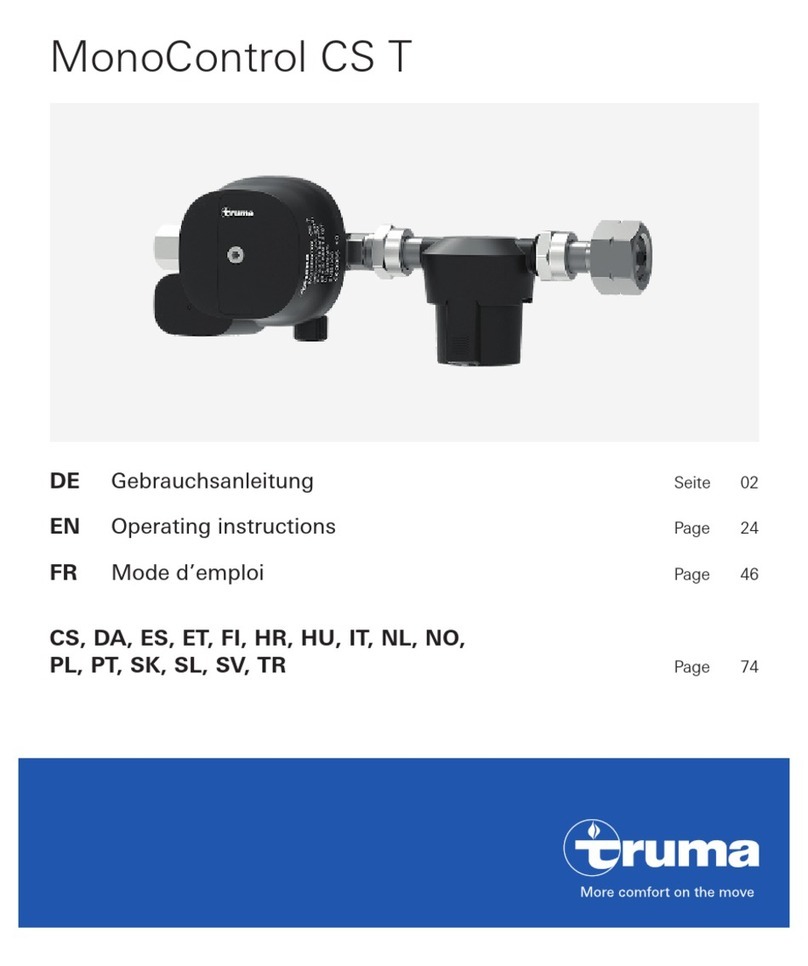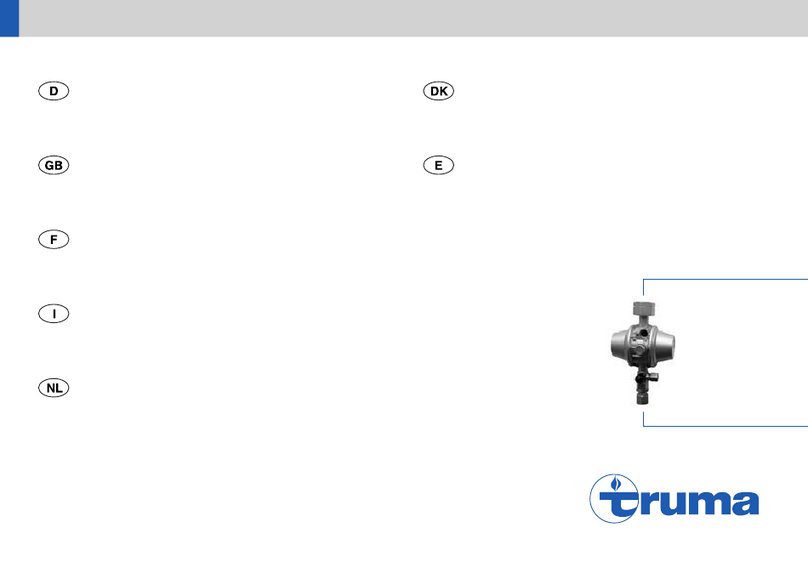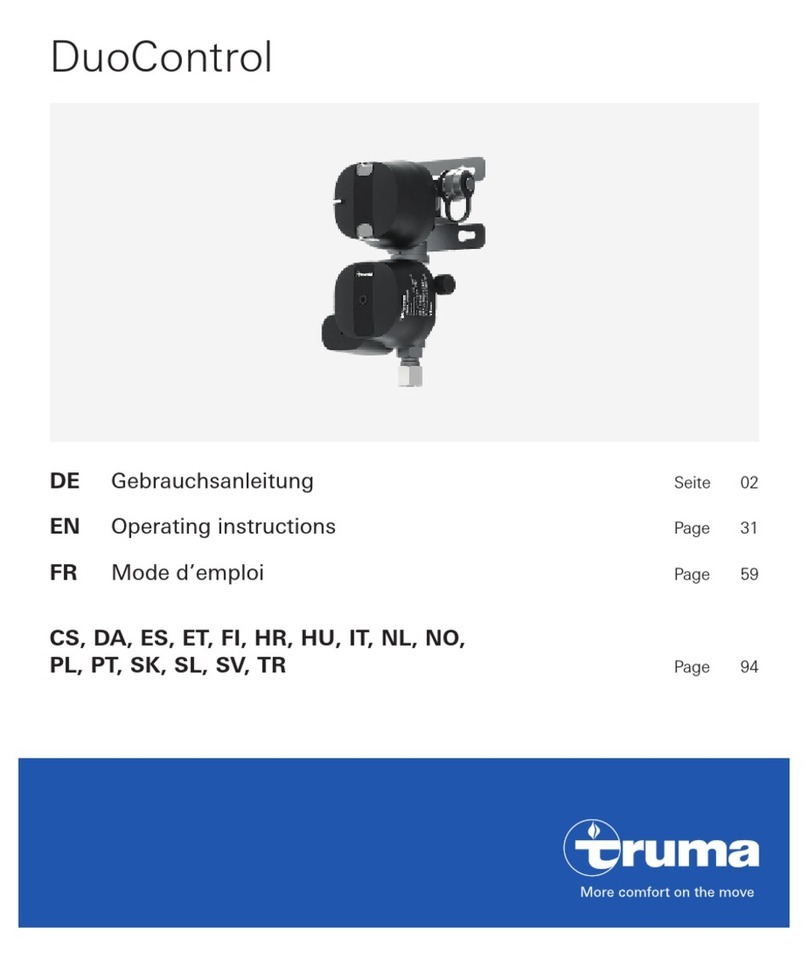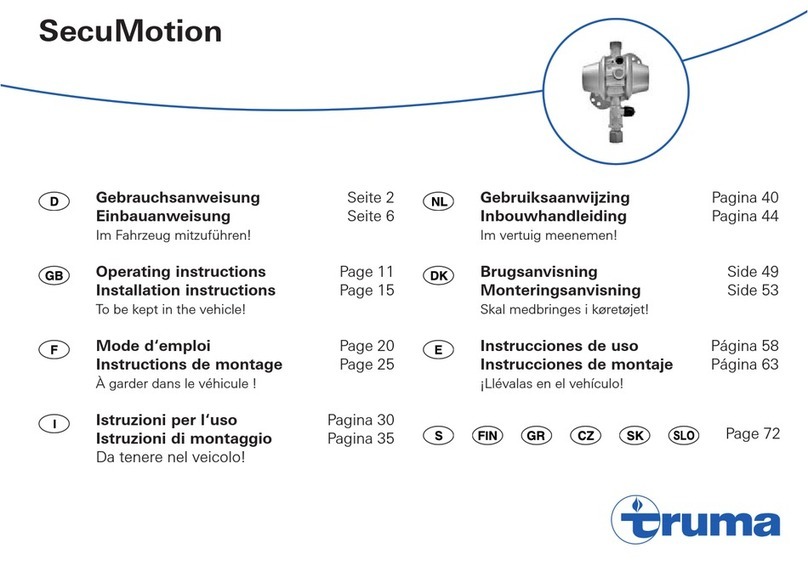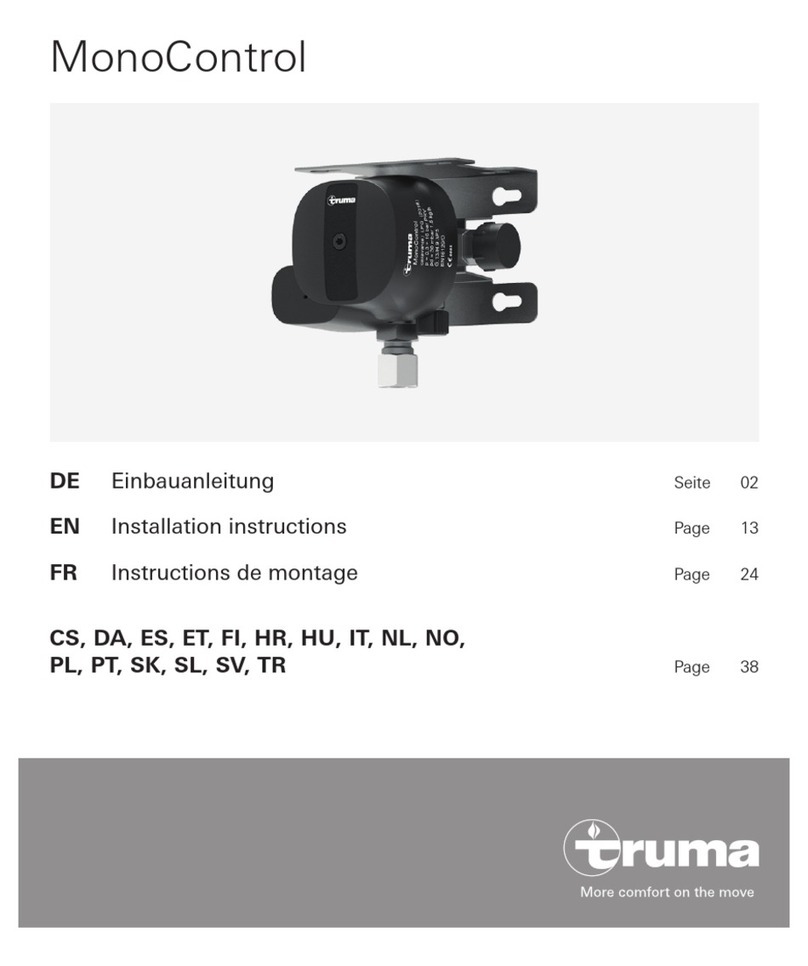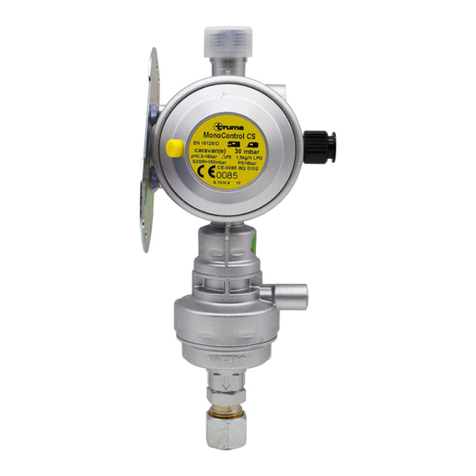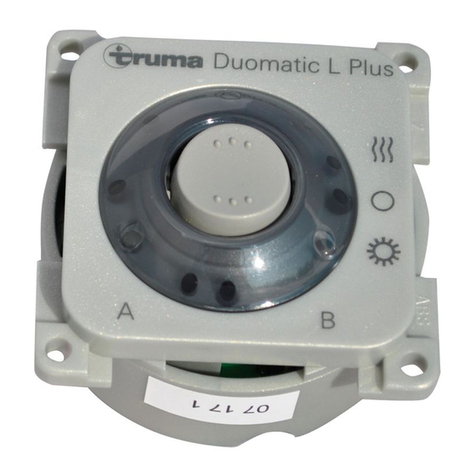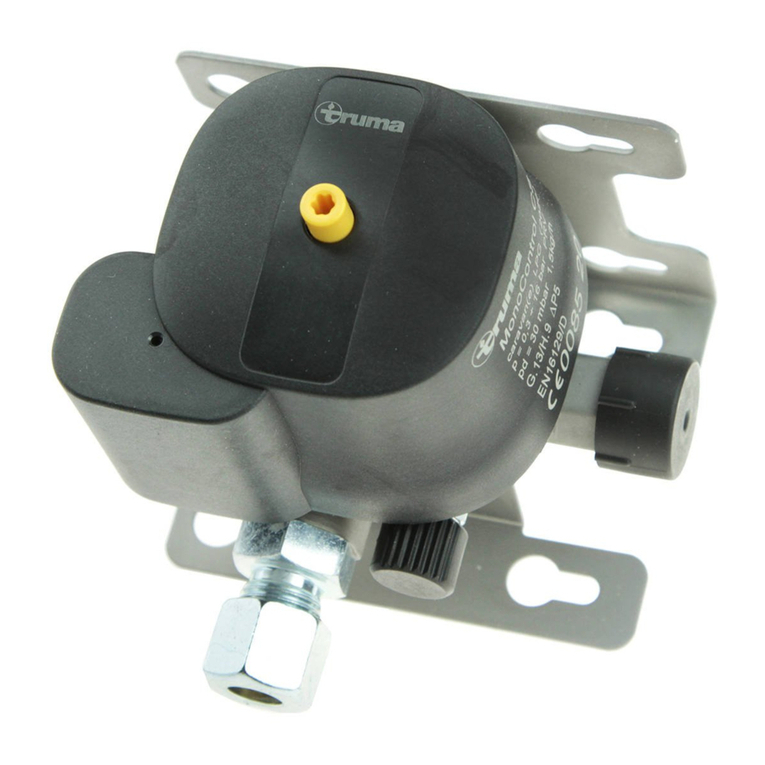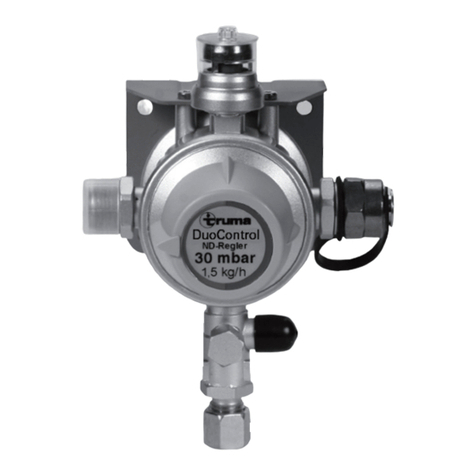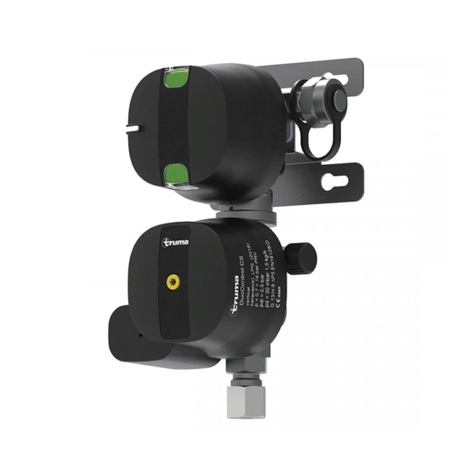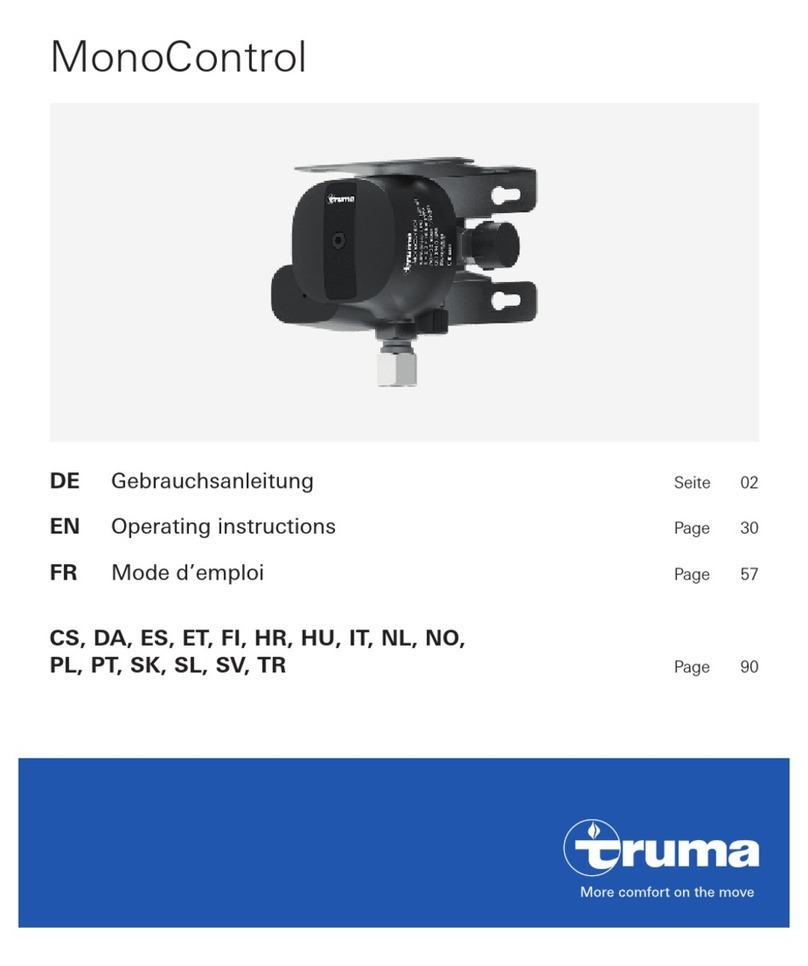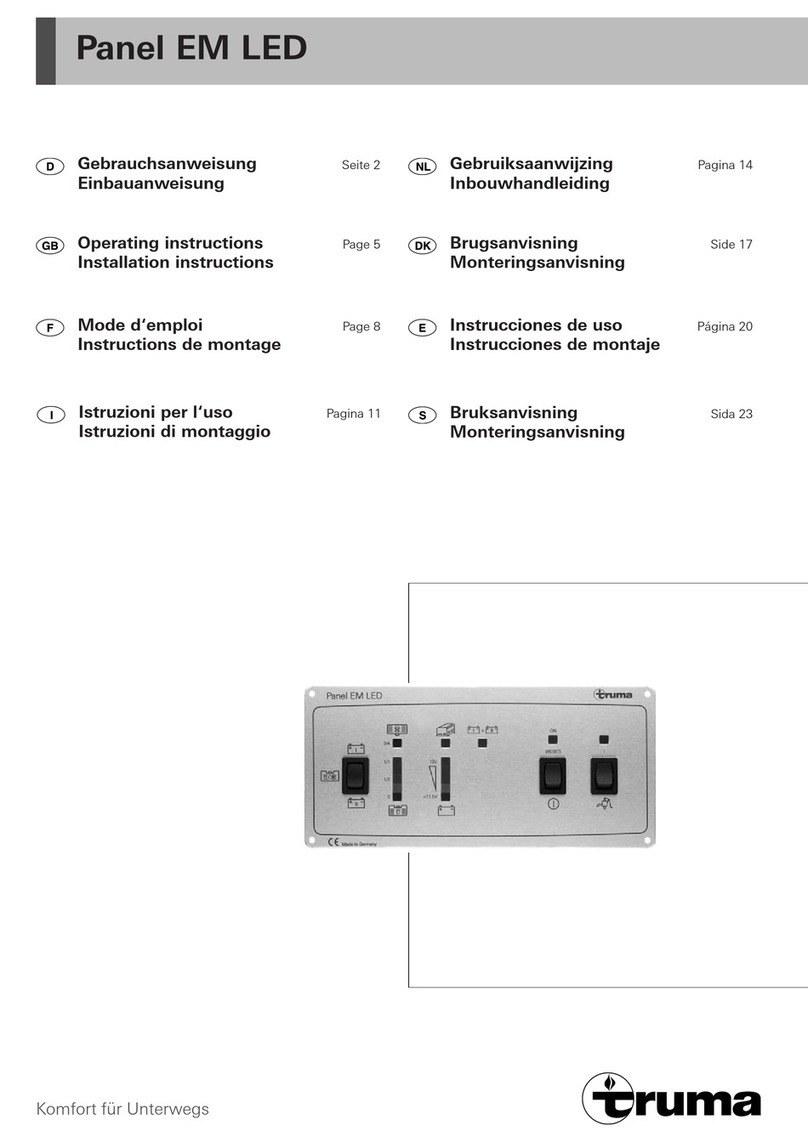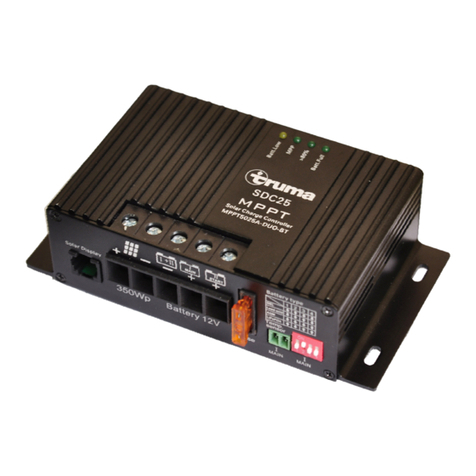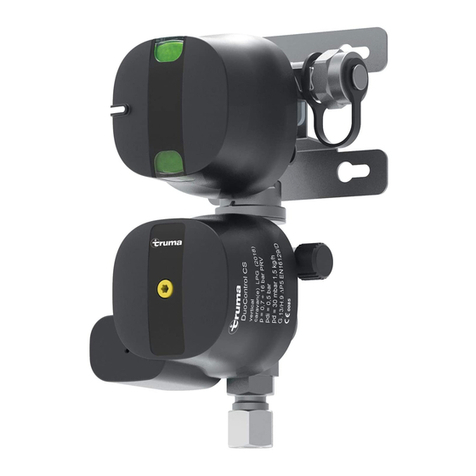
8
Truma Hersteller-Garantieerklärung
1. Garantiefall
Der Hersteller gewährt Garantie für Mängel des Gerätes, die
auf Material- oder Fertigungsfehler zurückzuführen sind. Da-
neben bestehen die gesetzlichen Gewährleistungsansprüche
gegen den Verkäufer fort.
Der Garantieanspruch besteht nicht:
für Verschleißteile und bei natürlicher Abnutzung,
infolge Verwendung von anderen als Truma Originalteilen in
den Geräten,
infolge Schäden durch Fremdstoffe (z. B. Öle, Weichmacher)
im Gas,
infolge Nichteinhaltung der Truma Einbau- und
Gebrauchsanweisungen,
infolge unsachgemäßer Behandlung,
infolge unsachgemäßer Transportverpackung.
2. Umfang der Garantie
Die Garantie gilt für Mängel im Sinne von Ziffer 1, die inner-
halb von 24 Monaten seit Abschluss des Kaufvertrages zwi-
schen dem Verkäufer und dem Endverbraucher eintreten. Der
Hersteller wird solche Mängel durch Nacherfüllung beseitigen,
das heißt nach seiner Wahl durch Nachbesserung oder Ersatz-
lieferung. Leistet der Hersteller Garantie, beginnt die Garan-
tiefrist hinsichtlich der reparierten oder ausgetauschten Teile
nicht von neuem, sondern die alte Frist läuft weiter. Weiterge-
hende Ansprüche, insbesondere Schadensersatzansprüche
–
–
–
–
–
–
des Käufers oder Dritter sind ausgeschlossen. Die Vorschriften
des Produkthaftungsgesetzes bleiben unberührt.
Die Kosten der Inanspruchnahme des Truma Werkskunden-
dienstes zur Beseitigung eines unter die Garantie fallenden
Mangels – insbesondere Transport-, Wege-, Arbeits- und
Materialkosten – trägt der Hersteller, soweit der Kundendienst
innerhalb von Deutschland eingesetzt wird. Kundendienstein-
sätze in anderen Ländern sind nicht von der Garantie gedeckt.
Zusätzliche Kosten aufgrund erschwerter Aus- und Einbaubedin-
gungen des Gerätes (z. B. Demontage von Möbel- oder Karosse-
rieteilen) können nicht als Garantieleistung anerkannt werden.
3. Geltendmachung des Garantiefalles
Die Anschrift des Herstellers lautet:
Truma Gerätetechnik GmbH & Co. KG,
Wernher-von-Braun-Straße 12,
85640 Putzbrunn.
In Deutschland ist bei Störungen grundsätzlich das Truma
Servicezentrum zu benachrichtigen; in anderen Ländern ste-
hen die jeweiligen Servicepartner zur Verfügung (siehe Truma
Serviceheft oder www.truma.com). Beanstandungen sind
näher zu bezeichnen. Ferner ist die Fabriknummer des Gerätes
sowie das Kaufdatum anzugeben.
Damit der Hersteller prüfen kann, ob ein Garantiefall vorliegt,
muss der Endverbraucher das Gerät auf seine Gefahr zum
Hersteller bringen oder ihm übersenden.
Bei Einsendung ins Werk hat der Versand per Frachtgut zu
erfolgen. Im Garantiefall übernimmt das Werk die Transport-
kosten bzw. Kosten der Einsendung und Rücksendung. Liegt
kein Garantiefall vor, gibt der Hersteller dem Kunden Bescheid
und nennt die vom Hersteller nicht zu übernehmenden Repa-
raturkosten; in diesem Fall gehen auch die Versandkosten zu
Lasten des Kunden.
